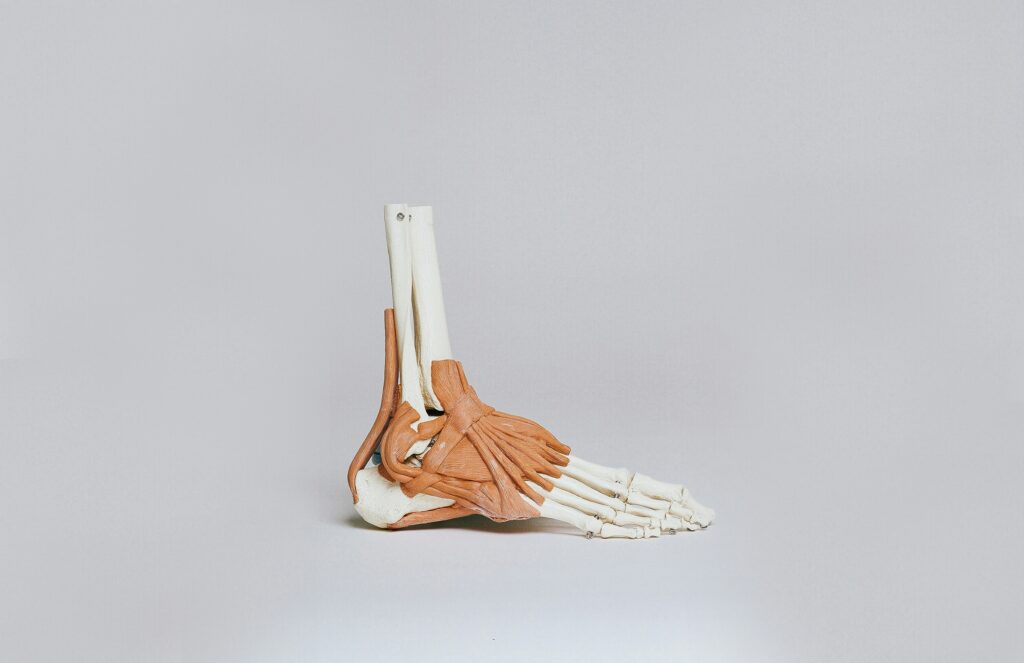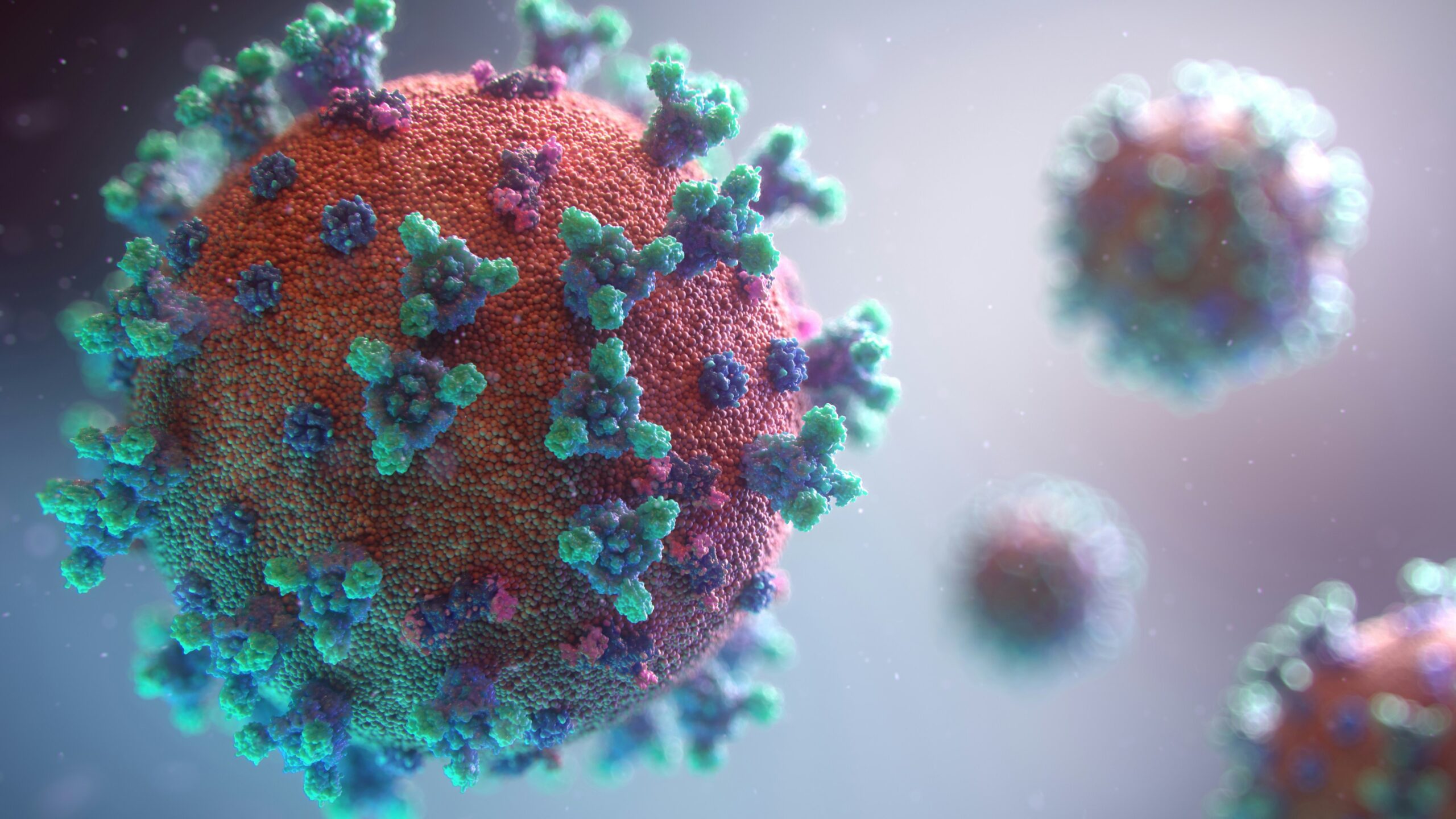Introduction to Fascination Diseases:
When we think about diseases, our minds recalls some the common conditions like diabetes, hypertension, or seasonal flu. But in reality there are many fascinating diseases that can puzzle both the doctors and the researchers. They only affect a small fraction of the population. In this blog we will discover 5 fascinating diseases that are.
• Ehlers-Danlos Syndrome
• Guillain-Barré Syndrome
• Amyotrophic Lateral Sclerosis (ALS)
• Kawasaki Disease
• Marfan Syndrome
Whether you are a curious reader, a healthcare professional or someone living with one if these conditions, this deep dive will give you a better understanding of these diseases.
1. Ether-Danlos Syndrome (EDS):
Ether Danlos Syndrome (EDS) is a group of genetic disorders of the connective tissue. EDS primarily affect the skin, joints and blood vessel walls. The hall mark features of EDS are joint hypermobility, fragile skin and tissue elasticity. Ether-Danlos Syndrome is truly a fascinating disease with a total of 13 subtypes among them hypermobile, classical and vascular types are more common.
Symptoms:
Symptoms of EDS include hypermobile joint with frequent dislocations and joint pain. The skin is thin, stretchy and bruises easily. The wounds heal slow leading to atrophic scars. In vascular subtype the vessels are very fragile which can rupture and lead to life threatening conditions.
Causes:
Collagen is a protein responsible for supporting the connective tissues. EDS is caused by mutations in the gene responsible for collagen production.
Diagnosis:
EDS is diagnosed with genetic testing and clinical evaluation based on Brighton score which measures the hypermobility of the joints. Skin biopsy is also required in some cases.
Treatment:
There is no cure for EDS but treatment focuses on strengthening muscles and stabilizing joints with the help of physiotherapy. Medicine for pain management. Cardiovascular monitoring is important in vascular subtypes. Patient should be educated to avoid injuries.

2. Guillain-Barré Syndrome (GBS):
Guillain-Barré Syndrome (GBS) is a rare autoimmune disease in which the immune system of the body attacks the peripheral nerves, leading to muscle weakness, numbness and paralysis. GBS often follows after a viral or bacterial infection specifically Campylobacter jejuni and COVID-19.
Symptoms:
Symptoms of GBS include a rapid onset of muscle weakness, starting in the legs and moving upwards (Ascending paralysis). Patient complaint of tingling, paresthesia and difficulty in breathing. The patient lose reflexes and experience irregularities in heart rate and blood pressure (Autonomic dysfunction).
Causes:
GBS is frequently triggered by preceding viral or bacterial infections. The immune system confuses body’s own nerves with foreign molecules.
Diagnosis:
Lumber puncture will show elevated proteins in cerebrospinal fluid without high white cell count. Nerve conduction studies and clinical assessment of progressive weakness are also helpful in confirming the diagnosis.
Treatment:
Intravenous immunoglobulin (IVIG) with plasma exchange (Plasmapheresis) is the treatment of choice. Patients with compromised respiratory support need supportive care. Most people recover fully, but some experience lingering weakness.

3. Amyotrophic Lateral Sclerosis (ALS):
Amyotrophic Lateral Sclerosis (ALS) is also known as Lou Gehrig’s disease. ALS is a progressive neurodegenerative disorder that affects motor neurons, leading to muscle weakness, paralysis and ultimately respiratory failure.
Symptoms:
Patients with ALS presents with muscle weakness and atrophy, muscle twitching (fasciculation), difficulty in speaking (dysarthria) and swallowing (dysphagia), respiratory impairment and progressive paralysis.
Causes:
Most of ALS cases are sporadic however, about 5 to 10 percent of the cases are familial, linked to genetic mutations such as SOD1, C9orf72 and FUS.
Diagnosis:
Diagnosis of ALS is made with clinical assessment of upper and lower motor neuron signs. Electromyography (EMG) can also help in the diagnosis of ALS.
Treatment:
Two FDA approved drugs for ALS are Edaravone and Riluzole which slows down the progression of the disease. Multidisciplinary care is needed to manage these symptoms. Non-invasion ventilation support is needed in patients with respiratory depression. Physical and occupational therapy can also prove helpful.
Although ALS is often fatal within 3 to 5 years of diagnosis but research into gene therapy and new medications is ongoing to improve the outcomes.
4. Kawasaki Disease:
Kawasaki disease is a pediatric inflammatory syndrome that primarily affects children below the age of five. It causes inflammation of blood vessels throughout the body and is leading cause of acquired heart disease in children on developed countries.
Symptoms:
Patients with Kawasaki Disease presents with persistent fever that last for more than 5 days, skin rash, swollen hands and feet, red eyes, cracked lips and strawberry tongue. The lymph nodes are also swollen and there is increased risk of coronary artery disease.
Causes:
The exact etiology of Kawasaki disease is not fully understood but is suspected to be due to genetic involvement or an abnormal response to an infection.
Diagnosis:
There is no definitive test for Kawasaki disease instead this disease is diagnosed clinically. At least four out of the five signs should be present (rash, conjunctivitis, changes in extremities, oral changes and lymphadenopathy).
Treatment:
Intravenous immunoglobulin (IVIG) is the treatment of choice for Kawasaki disease and high dose aspirin is given along with it to reduce inflammation and clot formation. Patients also need to monitor their heart function with echocardiogram. Most of the children recover fully without long term issues when treated promptly.

5. Marfan Syndrome:
Marfan syndrome is a hereditary connective tissue disorder that affects the skeletal system, eyes, cardiovascular system and lungs. It is caused by mutations in the FBN1 gene, which encodes for fibrilin-1, a protein essential for connective tissue integrity.
Symptoms:
Patients with Marfan syndrome have tall, thin build with disproportionately long arms, legs and fingers. The joints are very flexible. Scoliosis and chest deformities with lens dislocation (ectopic lentis) is also seen. Aneurysms can also be life threatening.
Causes:
Marfan syndrome is inherited via autosomal dominance or mutations in the FBN1 gene.
Diagnosis:
Ghent criteria is used for the diagnosis if Marfan syndrome which includes family history, genetic testing, echocardiography, and skeletal measurements. Eye examination is performed when ectopic lentis is suspected.
Treatment:
Beta blockers or Angiotensin receptor blockers are prescribed to reduce stress on the aorta. Regular cardiovascular monitoring and surgical repair is necessary in patients who are at risk of aortic aneurysm. Orthopedic and ophthalmologic interventions are also considered. With modern management patients with Marfan syndrome can live long lives just like normal people.
Conclusion:
These fascinating diseases though rare, play a crucial role in the medical field. They push the researchers, highlight the complexity of genetics and remind us how diverse the human body can be. Studying rare diseases like Ehlers-Danlos Syndrome, Guillain-Barré Syndrome, ALS, Kawasaki Disease, and Marfan syndrome can lead to breakthroughs in diagnosis and treatments.
Early diagnosis of patients living with the above mentioned diseases can make a significant difference in the outcomes. So if you or someone you know have any of these symptoms don’t just ignore it but seek medical help. If you liked this blog about fascinating diseases and want to know more about the human body go to my website Medrizz.com.
References:
Willison, H. J., Jacobs, B. C., & van Doorn, P. A. (2016). Guillain-Barré syndrome. The Lancet.
FAQs:
What makes these diseases “fascinating”?
These conditions are considered fascinating because they are rare, often genetically or immunologically complex, and pose unique diagnostic and treatment challenges. They often reveal hidden intricacies about how the human body works and can lead to broader discoveries in medicine.
Are these diseases hereditary or acquired?
Some, like Ehlers-Danlos Syndrome and Marfan Syndrome, are inherited. Others, like Guillain-Barré Syndrome, are acquired after infections. ALS can be both hereditary and sporadic, while Kawasaki Disease is believed to involve both genetic and environmental factors.
Are these diseases curable?
Most are not curable but can be managed. GBS and Kawasaki Disease often improve with treatment. EDS, Marfan Syndrome, and ALS require long-term care to manage symptoms and prevent complications.
Are these diseases fatal?
Some, like ALS and vascular forms of EDS or Marfan Syndrome, can be life-threatening. Others, like GBS and Kawasaki Disease, are rarely fatal if treated early.
How common are these conditions?
They are all rare. Marfan and EDS affect around 1 in 5,000 people. GBS and ALS are less common, affecting 1–2 per 100,000 annually. Kawasaki Disease mostly affects young children and is more common in some regions like East Asia.
Who should be concerned about these diseases?
Anyone with a family history or matching symptoms should consult a doctor. Children with high fever and rash, or adults with sudden weakness, may need evaluation. Healthcare professionals should also be familiar with these conditions.
Can early diagnosis improve outcomes?
Yes, early diagnosis leads to better outcomes. It allows for quicker treatment, symptom management, and prevention of serious complications in all five conditions.

